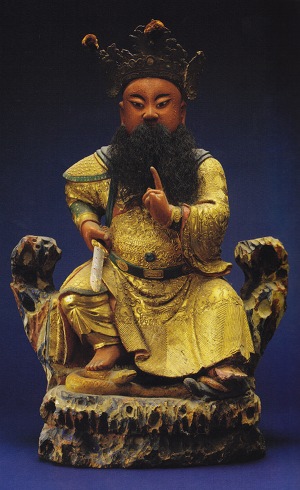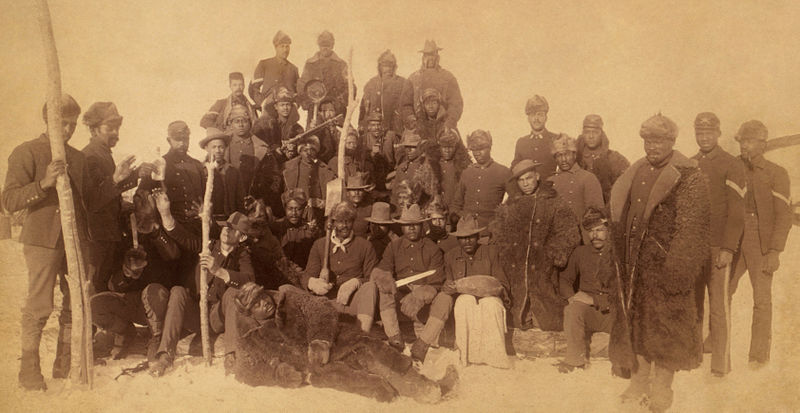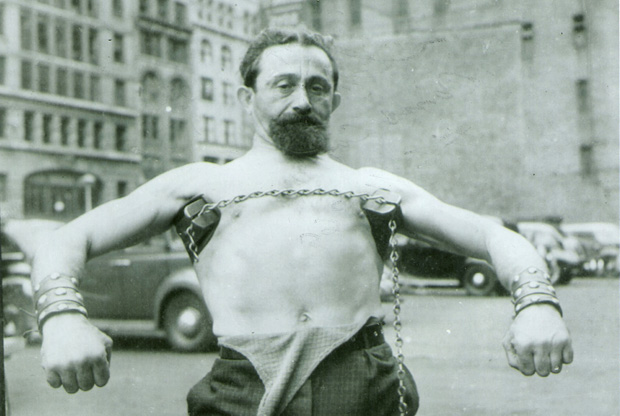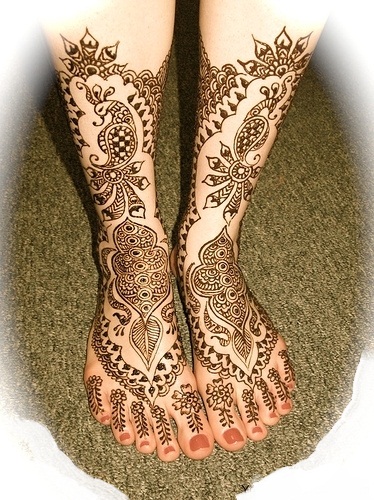Learning
/Confusion is the mind’s response to learning, to looking into the unknown and attempting to make sense of it. It happens when we come to our own experience, our senses, with a pre-conception about the way something should look, sound, taste, smell, feel, or function. Confusion is the first wave in the process of dropping a pre-conception, or resolving a conflict between multiple pre-conceptions.
Frustration is the mind’s experience of a type of compressed breathing that arises from combining effort with learning. It is also used socially to communicate that something yearned for is out of reach.
Enthusiasm is the mind’s response to the likelihood a core human appetite is going to be nourished. 
Among the greatest expressions of happiness in the Jewish tradition is, “My son’s have surpassed me!” It means: I am wrong and you are right. It expresses the pure delight in learning and changing ones mind by the influence of another.
When I was 14 I bought a plane ticket to Europe and a train pass for the Summer. It must have been 1981. I had worked a lot of different jobs by 14, but I made most of the money for the trip selling political t-shirts for a Communist surfer, dude. I debated international law with the young, beautiful, and articulate while sleeping under beached small boats in the South of France. I swam in warm Swedish lakes watching the sun come up and down while having mad sex on smooth granite. I met Krishnamurti in a rural area outside of London. I remember his light rolling walk. I remember his talks, always referring to himself as “the speaker,” in a big white tent. He went on for hours, I fell asleep, snoring. I remember how he talked about the illusion of memory and the illusion of the senses.
I suppose it is no surprise that when I came home, high school was beyond boring. Hah, I’m not writing my memoir yet, but I would like to understand how my ideas about teaching and learning came to be. I quickly discovered high risk activities and dangerous people, wilderness, and people who fought with baseball bats and dodged bullets. I also learned how to convince adults to give me responsibility. Pushing both boundaries at the same time. I became entranced by improvisation and dance.
I tried to welcome contradictions and irony. I tried to be the student my teachers were ecstatic about teaching. I tried to find pure learning, to transcend the crutches of punishment and reward, to eschew competition.
I worry that I can’t keep a secret. I realize that teaching is almost always a ‘head-fake,’ like in football when you look one way and throw the other. But a little teaching can go a long way, less is more, right? And yet, I get consumed my own enthusiasm. A little showing off of my skills or smarts gives me pleasure. When I sense a student is comprehending something new, I feel compelled to pile on sensory information and ideas. I’m excited by the challenge of constantly re-defining, re-imagining and re-experiencing what internal martial arts are. I have no desire to settle down.
Can I, and should I, learn to withhold teachings? Can I learn to give students some small practice or idea to cling to, and just let them believe they understand for months on end without bursting their bubble? In the name of “development?” Can I be convinced to believe in curriculum? in progress? in step by step piling up knowledge and experience?
I suppose the alternative is to get a giant sign to float over my head that says, “If you don’t love being wrong, you can’t learn.”







